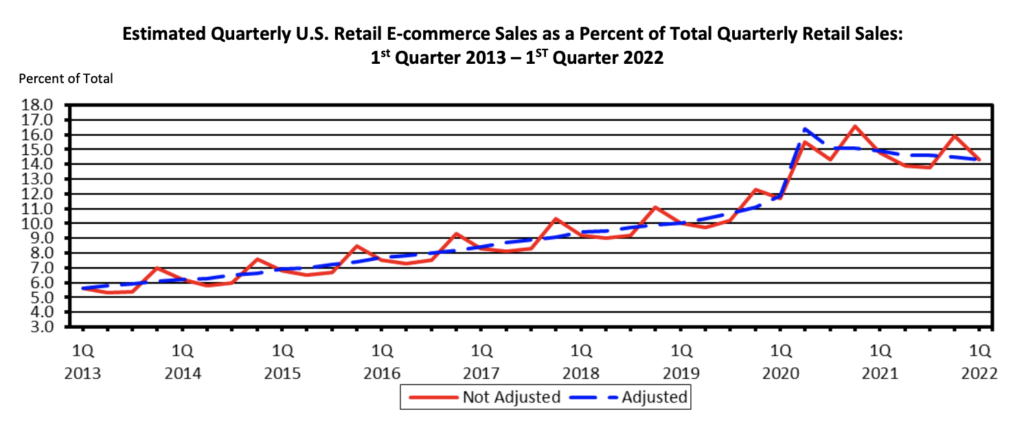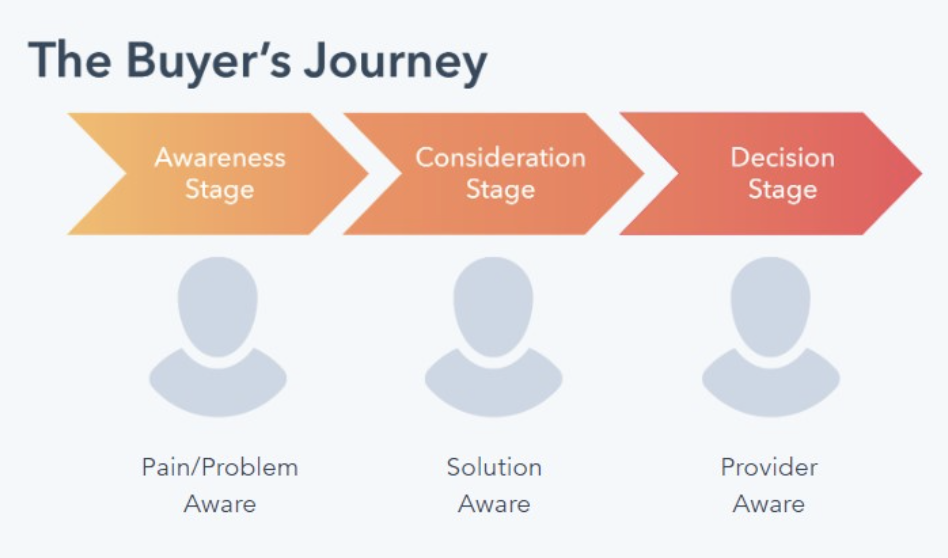Over 97% of marketers agree that content marketing is essential to their marketing strategy in 2022. However, not everyone creates content equally. What you post, where you publish it, and how often you make content varies considerably between industries. Despite the differences, consistency in content marketing is crucial to every strategy.
Learn how often you should be creating content as a medical supplier and how to create a consistent content strategy for healthcare marketing.
Key Takeaways:
- Medical suppliers should be creating content anywhere from daily to several times a week, depending on the platform.
- Consistent content encourages greater loyalty, increases your exposure, and establishes you as an authority.
- Create consistent content using a content calendar and outsourcing.
How Often Do Medical Suppliers Need Content? (It’s More Than You Think)
Healthcare Content marketing is a broad category of strategies that involve creating digital content to build awareness, educate your audience, and convert leads into customers. For the best results, consider using several channels in your content marketing.
Here is a general overview of how often successful businesses post content on each of their marketing channels:
- Blogs: Two to four times a week
- Social Media: One to two times a day
- Email Marketing: Once a day to once a week (depending on your audience and message)
Since these are average statistics, your actual numbers will vary. The best way to decide how often you should post content is to perform A/B testing. Change how often you post content on each channel during your tests and see what number of fresh posts gets the best response.
Benefits of Consistency in Content Marketing
If you stick to the above schedule for sharing consistent content, you will create hundreds of new pieces each year. That can quickly feel overwhelming without the proper healthcare content marketing strategy. However, adjusting your processes to handle that number is worth the effort, as these three benefits show.
Encourage Customer Loyalty
About 65% of your revenue comes from loyal customers. Your content isn’t just for bringing in new customers but also for keeping existing customers loyal to your brand. These loyal customers already follow you on social media or subscribe to your blog.
Consistent quality content ensures they continue to get value from your content channels so they can purchase more from your company.
Broader Brand Exposure
Search engine optimization is a strategy to rank your content in consumer searches. For example, when a hospital decision-maker searches for products for their facilities, your content can appear at the top of their search results, pointing to what products you offer.
The more content you have online, the more searches you can appear, which increases your online visibility. Over half of your website’s traffic comes from online searches.
Image from FinancesOnline
Greater Authority in Your Industry
Brand authority comes from other people’s opinions of your company. If consumers in the healthcare industry consider you an expert and trustworthy source of information, you are considered a healthcare authority.
You must publish consistent, quality content to encourage positive opinions of your business. Each piece is another chance to establish yourself as an authority in healthcare, leading to more conversions.
How to Create Consistent Content for Your Marketing Campaigns
Use these five tips to be consistent in content marketing across all your marketing channels.
Video Embed: https://www.youtube.com/watch?v=A4Cb6xKZo18
How to be Consistent with Content Marketing
1. Brainstorm Topics in Advance
An expert content creator can write a 1,500-blog post in two to three hours. However, most people take significantly longer to research, create, and publish online content. Brainstorming for topics is one of the forgotten steps of content creation that many people don’t calculate into their schedule.
If you resort to coming up with topics as you create content, you risk settling on mediocre content themes to meet your deadlines. Instead, plan content ideas weeks or even months before you create and publish the content.
You can hold brainstorming sessions where you and your marketing team research common search phrases, questions your customers are asking, and the types of content your competitors post. Then, use that list to narrow done the best topics.
2. Create a Content Calendar
Content calendars keep you organized. For example, you will be working on dozens of content projects simultaneously if you run several campaigns, including a blog, various social media platforms, and email. A content calendar keeps all the projects and their due dates in one convenient location, so you never miss a deadline and create consistent content.
Image from HubSpot
3. Plan Content Series
Some marketers use content series to help fill their calendars with predictable and regular content. A content series is a group of posts all on the same topic.
For example, as a healthcare supplier, you might create a blog post series on nursing homes where you cover their pain points, needs, and products that could ease the flow of nursing home activities. The next series could follow the same format but focus on a different healthcare facility.
4. Streamline the Content Creation Process
The amount of content you can create is limited by the people and time you have available. While you can’t add more hours to the day, you can reduce the time it takes to create content.
Investing in scheduling tools, content management systems, and content creation tools will streamline the process and help you create the amount of content you need with the available time and personnel.
5. Outsource Your Content Marketing
Content and marketing agencies will help you meet your content marketing goals. They can create content consistently through scalable marketing strategies that grow as you grow.
Because of the training and experience of content agencies, you are guaranteed quality content.
When you outsource your content creation, you free up your own time so that you can focus on other parts of your marketing strategy.
Are You Creating Enough Content?
Boost your sales by creating consistent content and start seeing more revenue from your increased exposure.
Do you need help understanding your market?
Our publications and training are rich with the latest industry data to help you make smarter content and more consistency in digital marketing.
Contact us to learn more about our healthcare marketing products and solutions.


